Photo Gallery for Misumena vatia - goldenrod crab spider | 44 photos are available. Only the most recent 30 are shown.
|
 | Recorded by: Mark Basinger on 2025-08-15
Ashe Co.
Comment: |  | Recorded by: Mark Basinger on 2025-08-15
Ashe Co.
Comment: |
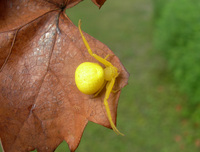 | Recorded by: R. Newman on 2025-08-07
Carteret Co.
Comment: |  | Recorded by: Mark Basinger, Jim Petranka, and Becky Elkin on 2025-08-03
Richmond Co.
Comment: |
 | Recorded by: Mark Basinger on 2025-06-22
Buncombe Co.
Comment: | 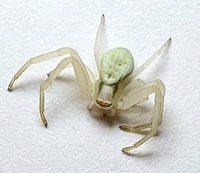 | Recorded by: Mark Basinger on 2025-06-22
Buncombe Co.
Comment: |
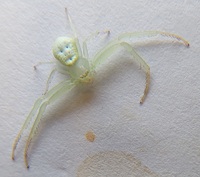 | Recorded by: Mark Basinger on 2025-06-02
Brunswick Co.
Comment: |  | Recorded by: Mark Basinger on 2025-06-02
Brunswick Co.
Comment: |
 | Recorded by: Brian Bockhahn on 2024-09-21
Wake Co.
Comment: |  | Recorded by: Mark Basinger on 2024-09-19
Madison Co.
Comment: |
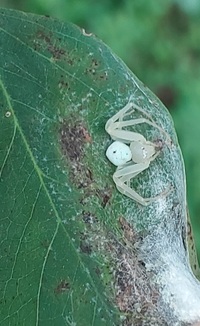 | Recorded by: Mark Basinger on 2024-09-06
Wilson Co.
Comment: | 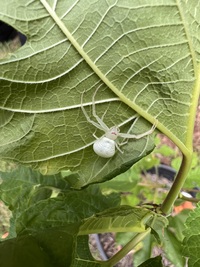 | Recorded by: Lauren Demko on 2024-09-04
Johnston Co.
Comment: |
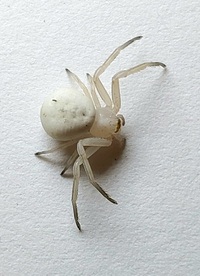 | Recorded by: Mark Basinger, Jim Petranka, and Becky Elkin on 2024-08-06
Mitchell Co.
Comment: | 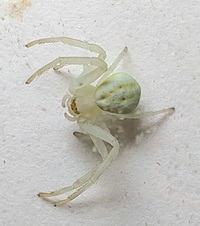 | Recorded by: Mark Basinger on 2024-08-05
Mitchell Co.
Comment: |
 | Recorded by: Mark Basinger on 2024-07-27
Rowan Co.
Comment: | 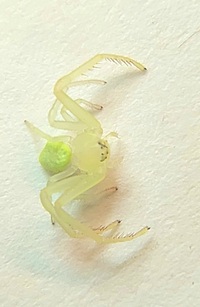 | Recorded by: Mark Basinger and Donald Zepp on 2024-05-31
Johnston Co.
Comment: |
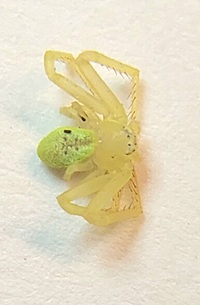 | Recorded by: Mark Basinger on 2024-05-31
Wayne Co.
Comment: | 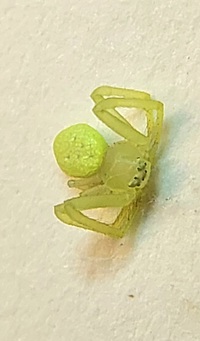 | Recorded by: Mark Basinger on 2024-05-20
Richmond Co.
Comment: |
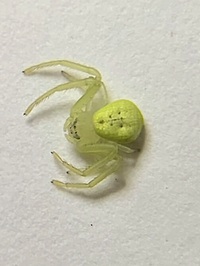 | Recorded by: Mark Basinger on 2024-05-16
McDowell Co.
Comment: |  | Recorded by: Mark Basinger on 2024-05-16
McDowell Co.
Comment: |
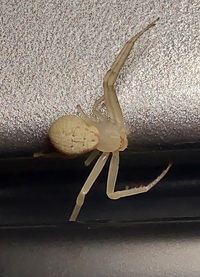 | Recorded by: Mark Basinger on 2023-10-18
Wilson Co.
Comment: | 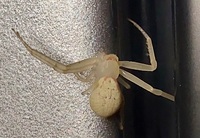 | Recorded by: Mark Basinger on 2023-10-18
Wilson Co.
Comment: |
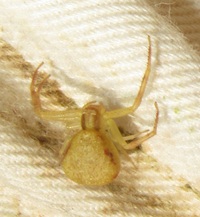 | Recorded by: Brian Bockhahn on 2023-06-17
Avery Co.
Comment: |  | Recorded by: R. Newman on 2023-05-09
Carteret Co.
Comment: |
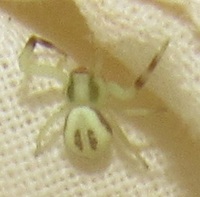 | Recorded by: Brian Bockhahn on 2022-09-16
McDowell Co.
Comment: | 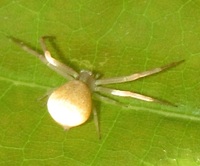 | Recorded by: Brian Bockhahn on 2022-05-09
McDowell Co.
Comment: |
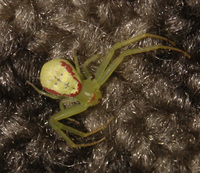 | Recorded by: Vin Stanton on 2021-07-31
Buncombe Co.
Comment: | 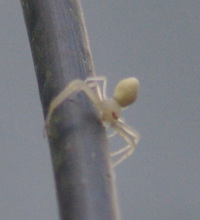 | Recorded by: Vin Stanton on 2020-11-08
Buncombe Co.
Comment: |
 | Recorded by: Vin Stanton on 2020-09-25
Buncombe Co.
Comment: |  | Recorded by: Barbara McRae on 2020-09-04
Macon Co.
Comment: |
|
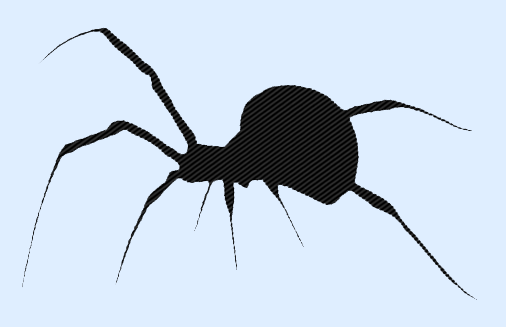
 »
»
 »
»